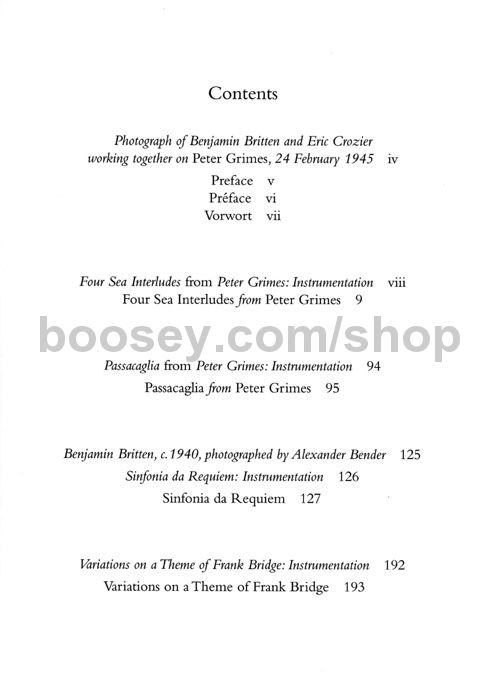

- Britten britten four sea interludes score Manual Pdf#
- Britten britten four sea interludes score download#
LG RH7500 MANUAL PDF Four Sea Interludes (from Peter Grimes, Op 33A) – Conductor Score (Full Score)Ĭlose X Learn about MP3s.
Britten britten four sea interludes score download#
You can also listen to your MP3 at any time in your Digital Library.ĭo you usually like this style of music? Just purchase, download and play! Make a wish list for gifts, suggest standard repertoire, let students know which books to buy, boast about pieces you’ve mastered: Feel free to recommend similar pieces if you liked this piece, or alternatives if you didn’t. We cannot post your review if it violates these guidelines. Sorry but your review could not be submitted, please verify the form and try again.

Your Digital Download will have a watermark at the bottom of each page that will include your name, purchase date and number of interluxes purchased. Britten’s critically acclaimed opera Peter Grimes was first performed in and has become a part of the standard repertoire. Anni () ( ) () () () Anni () – () – () Anni Get this from a library! Four sea interludes: from the opera, Peter Grimes, op. The consoling theme heard when the storm music subsides is the melody to which Grimes has just sung “What harbor shelters peace, away from tidal waves, away from storms?” It will be also the last thing Peter sings before he goes down with his sinking boat.Britten Four Sea Interludes Score Pdf. “Storm,” from Act I, begins with Grimes outdoors as a storm approaches and ends in a pub where townspeople wait out the same storm. Stringing many such chords together creates a feeling of instability. In classical concertos, it’s the chord on which everything pauses for the cadenza before the end, and it retains a feeling of penultimate-ness. It is an unsettling blend of motion and stasis, built around the “second inversion” chord (a major chord with the fifth at the bottom), which in traditional harmony is a consonance that functions like a dissonance because it doesn’t feel at rest. “Moonlight,” which again bridges night and the following day, is the prologue to Act III, after the death of Grimes’ second apprentice. A sweeping violin melody at the end is, in the opera, Ellen’s song greeting the morning. Woodwinds, strings, and trumpets represent smaller bells, while a flute evokes waking birds. In “Sunday Morning,” which begins Act II, large church bells are suggested by clanging thirds from opposing pairs of horns, and later by actual bells.

The rest of the orchestra interrupts periodically with ominously surging chords. Britten divides his orchestra into three choirs: flutes and violins play a high, largely static melody, against which the harp, violas, and clarinets interject shimmering arpeggios.

“Dawn” bridges the Prologue (following a duet between Peter and Ellen Orford, the schoolteacher he hopes to marry) and the early morning of Act I. Because each Interlude in the opera leads into the following scene without pause, Britten rewrote their endings to make them self-contained concert pieces. They not only take the listener from one physical location to another (at times seeming to go out to sea and back), but also explore the turmoil in the characters’ minds as coastal villagers hound the misanthropic loner fisherman Grimes to self-destruction after the mysterious, but accidental, deaths of two of his apprentices. These orchestral pieces from Benjamin Britten’s first successful opera, Peter Grimes, are scene changes by a master of the scene change.


 0 kommentar(er)
0 kommentar(er)
